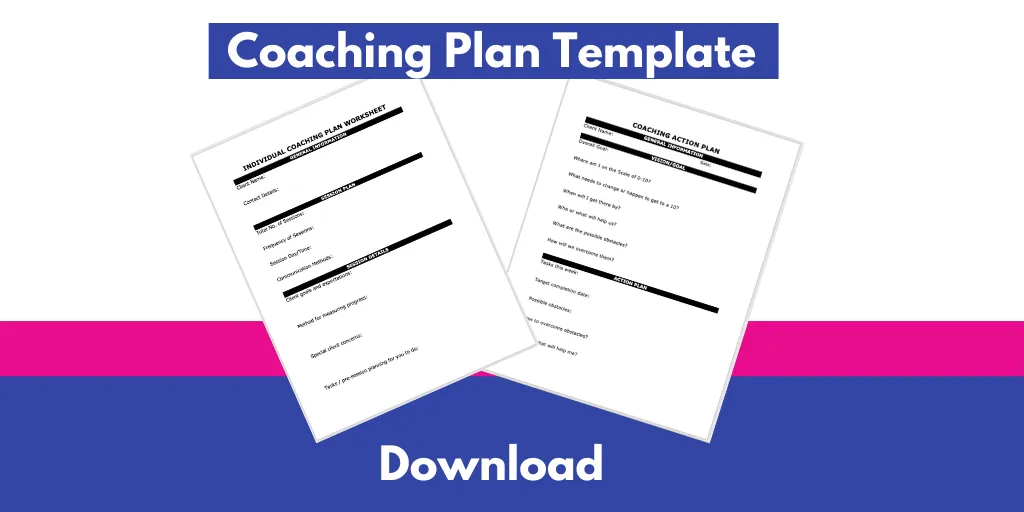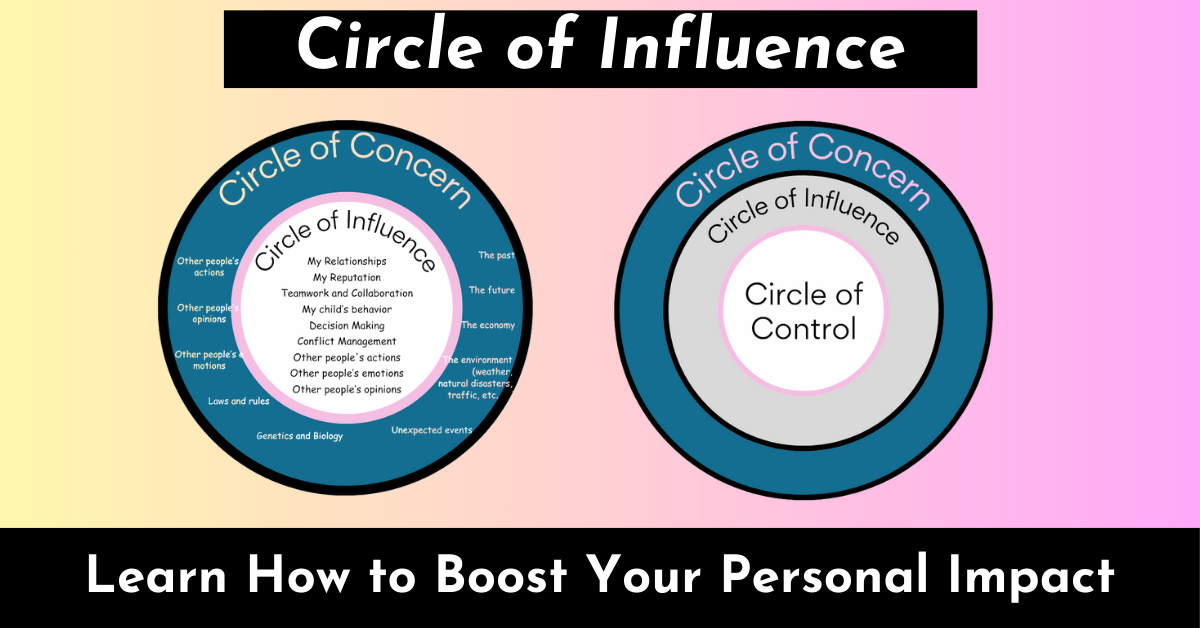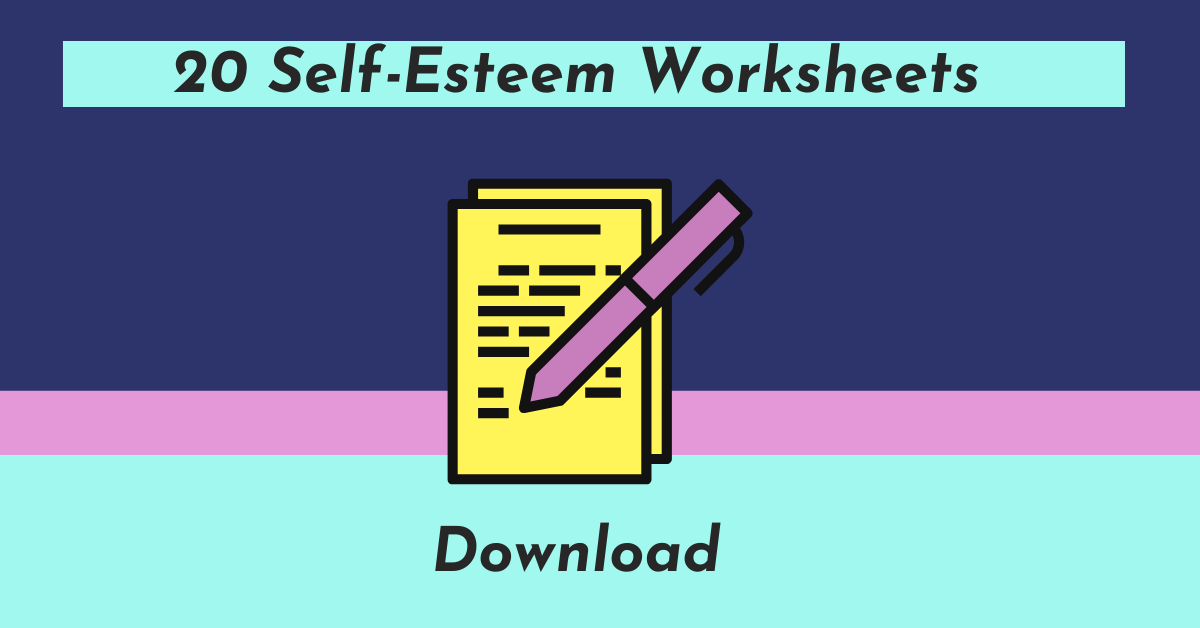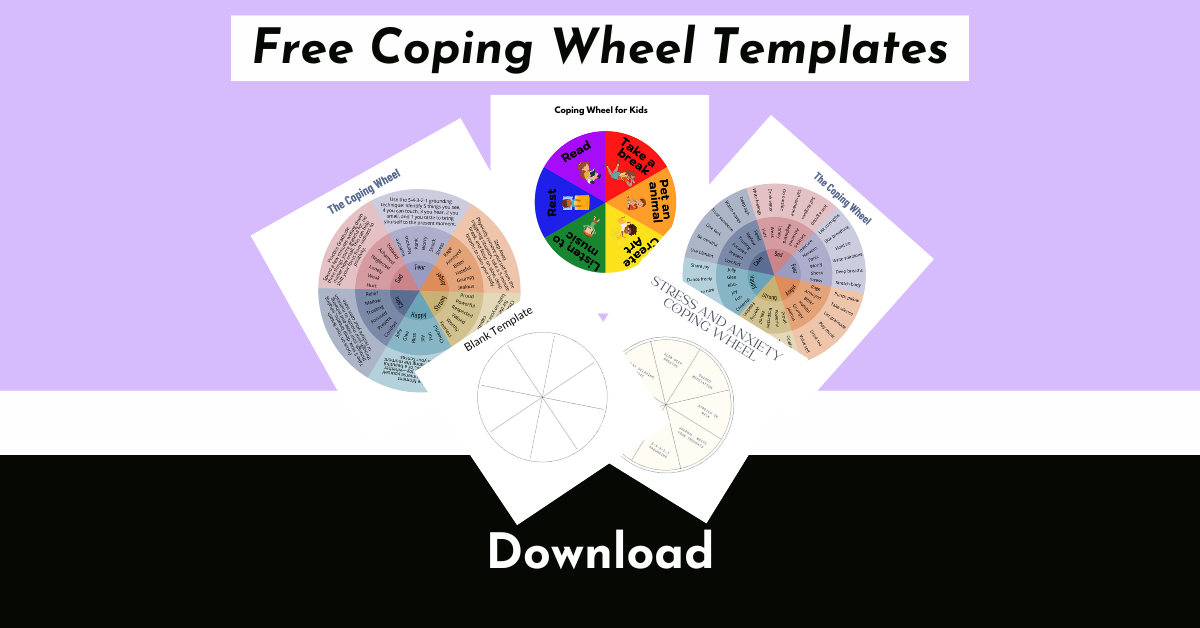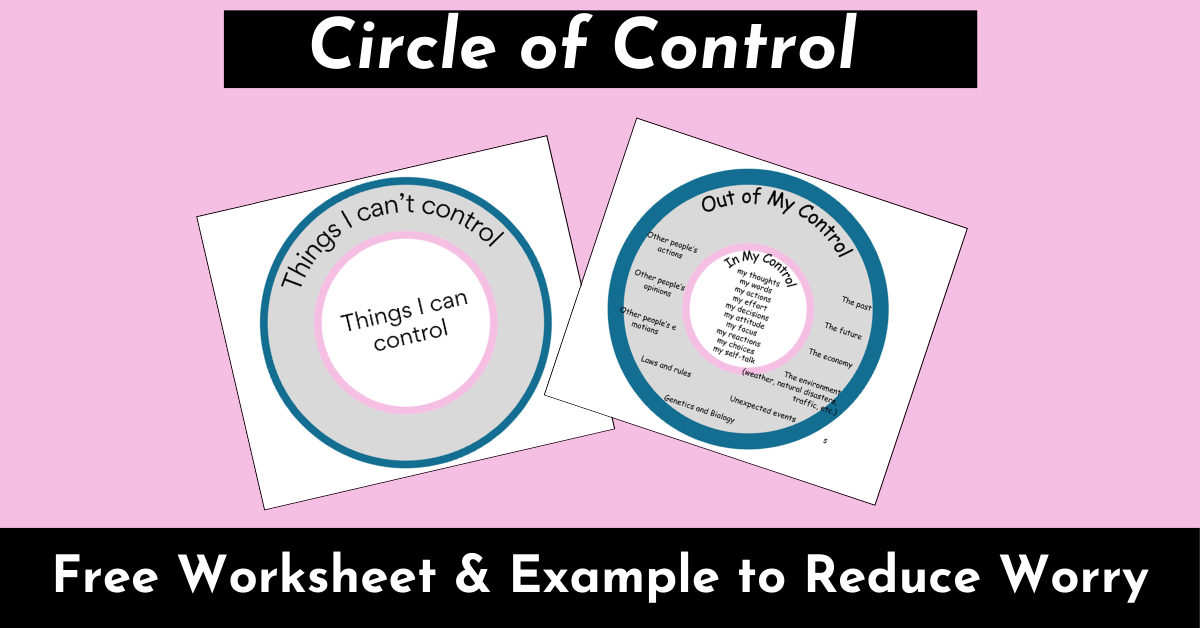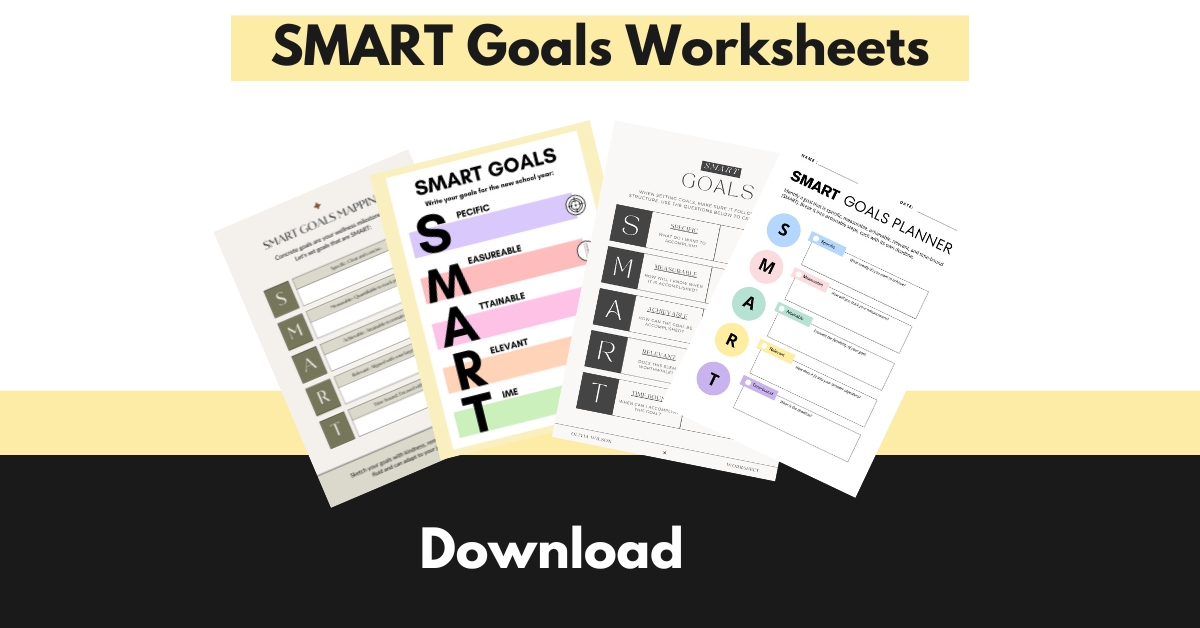In This Post
What is a coaching plan?
A coaching plan is a proposed strategy for coaching clients to get from where they are to where they want to be. It lays the groundwork for how the coach and client will work together to help the client achieve a goal.
What is the purpose of a coaching plan?
Coaches use coaching plans as a tool to work with clients, track progress, and make adjustments as needed.
A coaching plan template is generalized. However, once completed, it becomes an individualized coaching plan tailored to the client.
Why use coaching plans?
A coaching plan ensures that coaching sessions are structured and goal-oriented. It helps clients stay accountable, measure their progress, and receive consistent guidance from their coach.
What should be included in a coaching plan?
There are many variations of a coaching plan. The information that goes into a coaching plan may vary based on the coaching niche and the individual.
However, no matter the niche or who the client is, there are some key elements that go into a coaching plan.
The key elements include:
- Coaching History and Demographics – General information about the client, including who is the coach, who is the client, and the client’s contact information
- Terms and Agreement of Coaching – How the coaching relationship will take place
- Coaching Goals – What the client would like to accomplish through coaching and target to achieve the goal
- Coaching Action Plan – How the client will achieve the goal; the steps the client will need to take
- Facilitators – The strengths, skills, people, and resources that can help the client to achieve the goal
- Impediments – The obstacles that prevent the client from achieving the goal
- Progress and Outcome – Tracking the progress of the action steps taken to achieve the goal and make revisions when needed
How to Create a Coaching Plan
Create a coaching plan by making a written document that includes the following:
1. General client Information
The first section of a coaching plan should include general information about the client that is relevant to the coaching relationship.
General information includes:
- Client’s Name
- Contact Details
2. Coaching Relationship Details
The second section of a coaching plan gives details of how the coaching relationship will run. The coaching relationship details are discussed and agreed upon in the consultation before the initial coaching session. This information is also included in a contractual coaching agreement between the coach and the client.
The details include:
- Total Number of Sessions – Will it be 4, 12, 24 sessions?
- Frequency of Sessions – How often will the coach and client meet? Once a week? Once every other week?
- Session Day/Time – For convenience, most coaches meet with their coachees the same day and time every session. Will the two of you meet every Monday at 2:00 PM?
- Communication Methods – How will you meet? Will you meet in person, over the telephone, video chat?
3. Coaching Session Details
The details of the coaching session are discussed in the first coaching session. The details are constantly revisited throughout the coaching relationship to ensure the client is on track.
The coaching session details include:
- Client goals and expectations – What are all the goals the client wants to achieve in coaching? What are the client’s expectations of coaching?
- Method for measuring progress – How will the coach and client know that the client is progressing towards the goal? How will the progress be measured?
- Special client concerns – Do the client have any concerns about coaching? If so, what are they, and how will they be addressed?
- Tasks/ pre-session planning for the coach and client – With everything discussed and documented, is there anything the coach or client needs to do before the sessions? Are there any coaching tools or exercises the coach will need for the next session?
4. Coaching Action Plan
Once the coach has the general details for the coaching relationship, it is time to discuss and document a one-on-one coaching plan. This is also called an individualized coaching plan or a coaching action plan.
Vision/Goal
A coaching plan should always start with the vision and the goal of the client. In the first coaching session, the coach should help the client identify the ideal outcome.
The vision/goal section of the coaching plan includes:
- Overall Goal – What does the client want to accomplish or need help with overall?
- Where is the client on a scale of 0-10 in reference to the goal?
- What needs to change or happen to get to a 10?
- When will the client get there by?
- Who or what will help the client get there? What strengths and resources does the client have that will help?
- What are the possible obstacles that may hinder the client from achieving the goal? How will the client overcome the obstacles?
Action Plan
In every session, the coach should review the client’s action steps from one session to the next. The action plan is discussed and documented in every coaching session.
Things to discuss and document include:
- Tasks or action steps the client will take this week
- Target completion date for each task
- Possible obstacles that might get in the way of completing the task or step
- How to overcome obstacles that may get in the way
- Who or what will help the client move forward
- The client’s commitment level to the task or action for the week
How do you write a coaching plan for employees?
To create an effective employee coaching plan:
- Define Objectives – Align coaching goals with company objectives and employee development needs.
- Assess Strengths & Areas for Growth – Identify skill gaps and areas for improvement.
- Set Clear Goals – Use SMART goals to ensure measurable progress.
- Outline Coaching Sessions – Structure regular check-ins with action steps and feedback loops.
- Provide Support & Resources – Offer training, mentorship, or tools to aid development.
- Monitor & Adjust – Track progress, provide ongoing feedback, and refine the plan as needed.
Printable Coaching Plan Template
Download: Coaching Plan Template (PDF) or Coaching Plan Template (WORD)
Frequently Asked Questions
How do I customize a coaching plan template?
Customize a coaching plan template based on your coaching style, client needs, session frequency, and goal-tracking methods. Most templates allow flexibility for different coaching approaches.
How often should I update a coaching plan?
A coaching plan should be updated as the client progresses. Regularly review goals, track progress, and make adjustments based on client feedback and changing needs.
How long should a coaching plan last?
The duration of a coaching plan depends on the client’s goals. Some coaching plans last for a few weeks, while others may span several months. It’s best to align the plan with the desired transformation timeline.
Do coaching plans include homework or assignments?
Yes. Many coaching plans include action steps, exercises, and worksheets to reinforce learning and help clients apply insights between sessions.
How can I measure the success of a coaching plan?
You can measure the success of a coaching plan by tracking goal completion, client feedback, and progress in key focus areas. Regularly assessing outcomes helps refine your coaching strategy.
Can I use a coaching plan for different types of coaching?
Yes. Coaching plans can be adapted for various coaching styles, including life coaching, executive coaching, career coaching, transformational coaching, and more. The key is to align the plan with the client’s specific needs.
What are common mistakes to avoid when creating a coaching plan?
- Lack of structure – Ensure the plan has a clear roadmap.
- Unrealistic goals – Set achievable, measurable objectives.
- No progress tracking – Regularly review client growth.
- One-size-fits-all approach – Customize the plan for each client.
